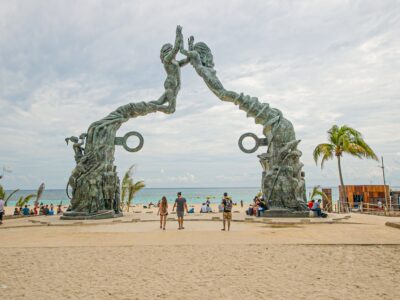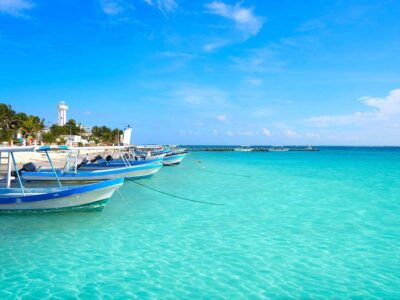A study conducted by Mexico Como Vamos showed that multinational investors are looking for states or cities that have high social progress, energy, and financial services.
States with security, where the quality of life is better, where there is prepared human capital and well-developed maritime ports or airports.
However, only 8 states meet these standards, mainly in the north and center of Mexico, and therefore they focus their business in those regions.
The opposite happens in 10 Mexican states with high levels of insecurity, low incomes, uneducated populations, and lack of basic services, such as Chiapas and Oaxaca in southeast Mexico.
Guerrero is in last place in all studies on social progress, which is a tragedy, it was indicated by Mexico Como Vamos.
The low-income states had incipient growth in 2015 with the arrival of the new government, but they fell back with the COVID-19 pandemic, and have not been able to achieve their balance or recovery.
Which southeast states have benefited from the 4T?
Only Tabasco and Campeche saw their economies grow due to the investment in the Dos Bocas refinery, but they fell off when the investments were completed.
“The principle of universality, which is the human right that we all have, is not being fulfilled. The large gaps in inequality are visible and there is a clear example: Guerrero,” said Alexandra Haas, from the organization Oxfam Mexico.
“It is a state with a high population of day laborers and it is a deeply lagging state,” she said.
“The port of Acapulco, which should have a development the size of Mexico City, is not as it was believed to be, we saw this during the hurricanes that hit it. Its health center was closed for the last 4 years, there is a serious problem of governance, and it will get worse if the backlogs are not addressed,” Alexandra Haas, from Oxfam Mexico stated.
TYT Newsroom
The post Does Nearshoring benefit Yucatan and the Mexican southeast? first appeared on The Yucatan Times.














